Keep advanced classes to uplift underprivileged students
Before my family moved to the Mounds View area, I attended a parochial grade school from kindergarten to eighth grade. Please do not confuse “parochial” with “private” — classrooms at my school were each packed with two grades, teachers taught subjects they held no degree in and there surely weren’t any advanced classes.
I had always received fairly high standardized test scores, along with high grades in school, and I remember feeling bored in most of my core classes — what a cliché “gifted kid” dilemma. The highest math my school offered was pre-algebra, so with the help of my middle school math teacher, I enrolled in math classes at a local high school in sixth grade. But there were no such equivalents for other subjects.
I feel no resentment towards my old school. With low tuition costs and teacher salaries to match, there simply weren’t enough resources available to offer leveled classes. But for schools like Mounds View that have the capability to offer advanced courses, there are few excuses not to.
Before you mistake me for a disgruntled tiger mom who loses sleep over the lack of honors English on their child’s college application, allow me to explain! GPA boosts and college admissions benefits are some of the most selfish reasons to keep advanced classes, contributing to the toxic stigma surrounding leveled courses. Eliminating advanced courses has far more serious consequences than a deferral from Harvard.
For one, requiring teachers to manage a classroom of students with a wide range of abilities is simply unrealistic. By having two or three levels for every course, teachers can meet students where they’re at — at least in theory. Of course, there can be issues with this, as students sometimes select classes that are either too difficult or, more often, too easy for them. Low-income and Black and Hispanic students are often the most likely to end up in classes below their potential. To diversify advanced classes, educators and parents should proactively reach out to high-achieving students who are not self-selecting these courses and encourage them to enroll.
Decisions to cut advanced courses come from a place of genuine concern about inequity. But these decisions ignore the fact that it’s exhausting to develop a curriculum for and manage a classroom where some kids are reading Tolstoy and others struggle to form coherent sentences, not to mention the impossibility of providing all of those students with individual attention. This could mean that already underserved students become even more neglected, and struggling students lose access to the individualized support they could previously rely on.
It’s accurate to claim that the institution of advanced classes leads to inherent segregation and inequity. But the inverse is also true. As Mounds View middle and elementary schools cut advanced course offerings, affluent families will begin to seek outside opportunities for their children, such as tutoring, expensive programs or even new schools. High-achieving students from low-income families have little ability to seek such opportunities and support.
In my case, I was able to attend higher-level classes at a local high school because my parents were able to drive me there every other morning — thanks Mom and Dad. But not everyone’s parents can drive them to school at 7:00 a.m., three times a week. By removing advanced classes from schools, educators remove some of the only opportunities available to high-achieving underserved students.
I was able to attend higher-level classes at a local high school because my parents were able to drive me there every other morning — thanks Mom and Dad. But not everyone’s parents can drive them to school at 7:00 a.m., three times a week.
— Maya Gjelhaug
Cutting advanced classes is essentially a quick fix to the deep wounds of academic inequity. And while it does address equity concerns, removing these classes approaches the issue from the wrong end. In reality, we should work towards expanding access to higher-level classes to ensure that all students can excel. But that’s expensive; eliminating classes is not.
It will take work and intentionality to ensure that all students have equal access to a high-quality education at any level. The question that remains is whether or not school districts are willing and able to put in the effort to ensure equity from the bottom up. So, Mounds View — the ball’s in your court.



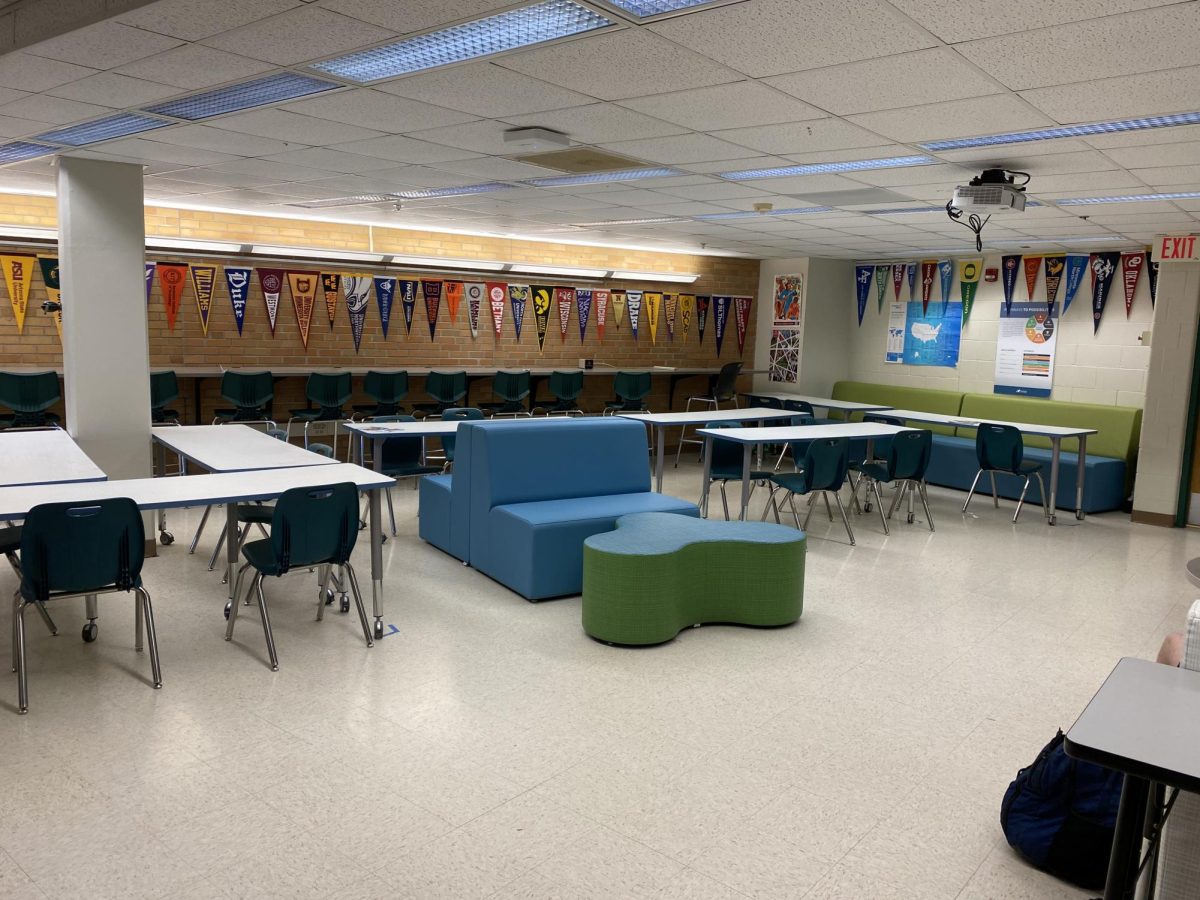



![[OPINION] Tradwife trends exclude women of color](https://www.mvviewer.org/wp-content/uploads/2024/04/Untitled184-1200x873.jpg)
![[OPINION] If you want him to, just ask](https://www.mvviewer.org/wp-content/uploads/2022/10/vieweredit-32-1200x850.jpg)
![[OPINION] Public speaking should be mandatory](https://www.mvviewer.org/wp-content/uploads/2024/04/Untitled177-1200x900.png)





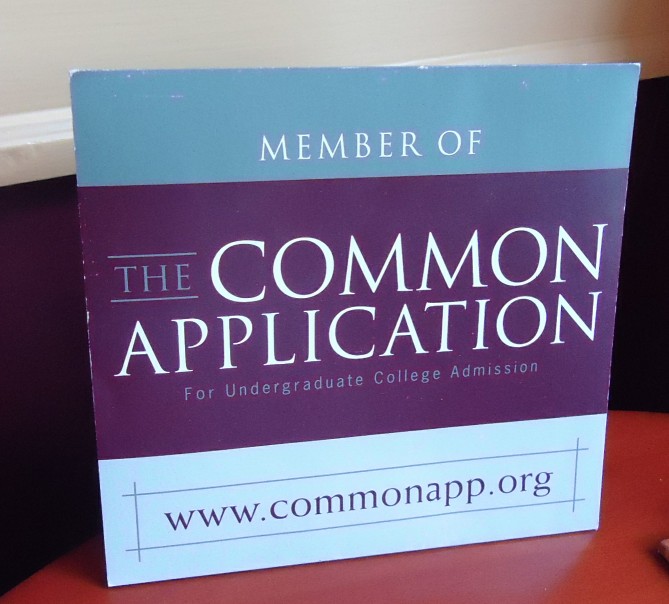
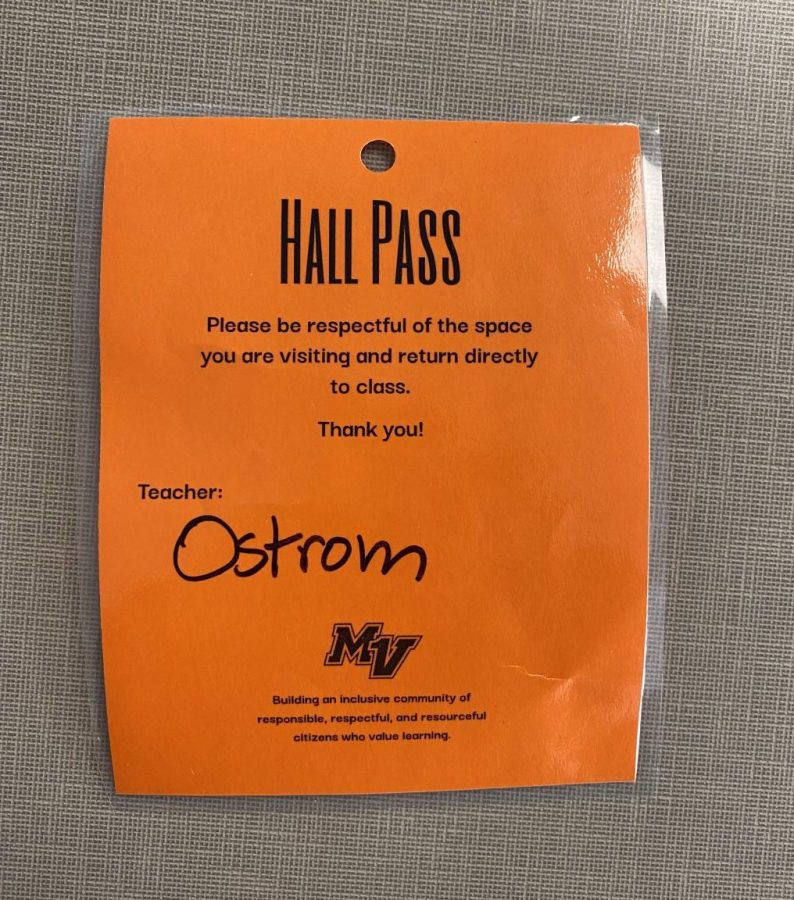
![[DEBATE] Should advanced classes be eliminated?](https://www.mvviewer.org/wp-content/uploads/2024/01/Untitled161-2-1200x796.png)
![[DEBATE] What’s better? Coed vs single-gender schools](https://www.mvviewer.org/wp-content/uploads/2023/12/Untitled153_20231215153759-1-1200x405.png)
![[DEBATE] Should legacy admissions still exist?](https://www.mvviewer.org/wp-content/uploads/2023/12/IMG_1460-1200x1200.jpg)
![[DEBATE] Should there be an age limit to run for office?](https://www.mvviewer.org/wp-content/uploads/2023/12/Page-8-Debates-Issue-2.pdf-820x1200.png)


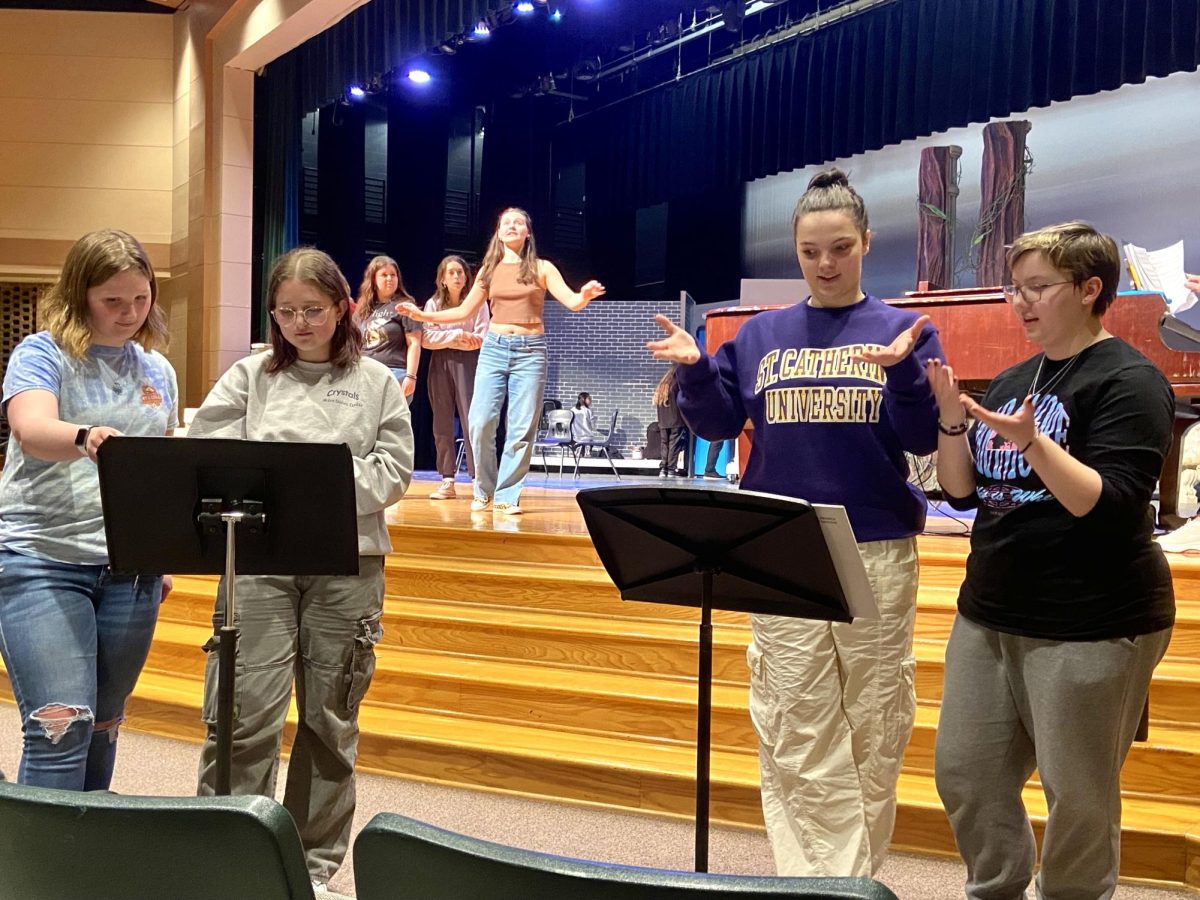























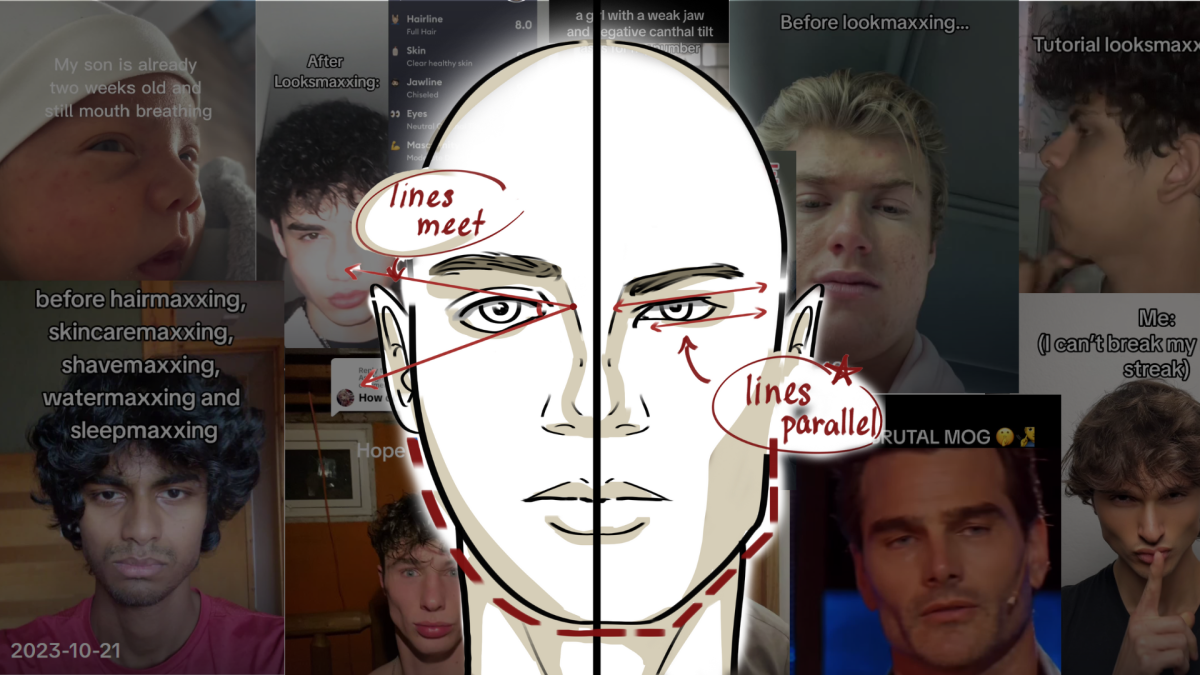


![[OPINION] The dark origins of TikToks looksmaxxing trend](https://www.mvviewer.org/wp-content/uploads/2024/02/Copy-of-Copy-of-Untitled-Design-1200x675.png)



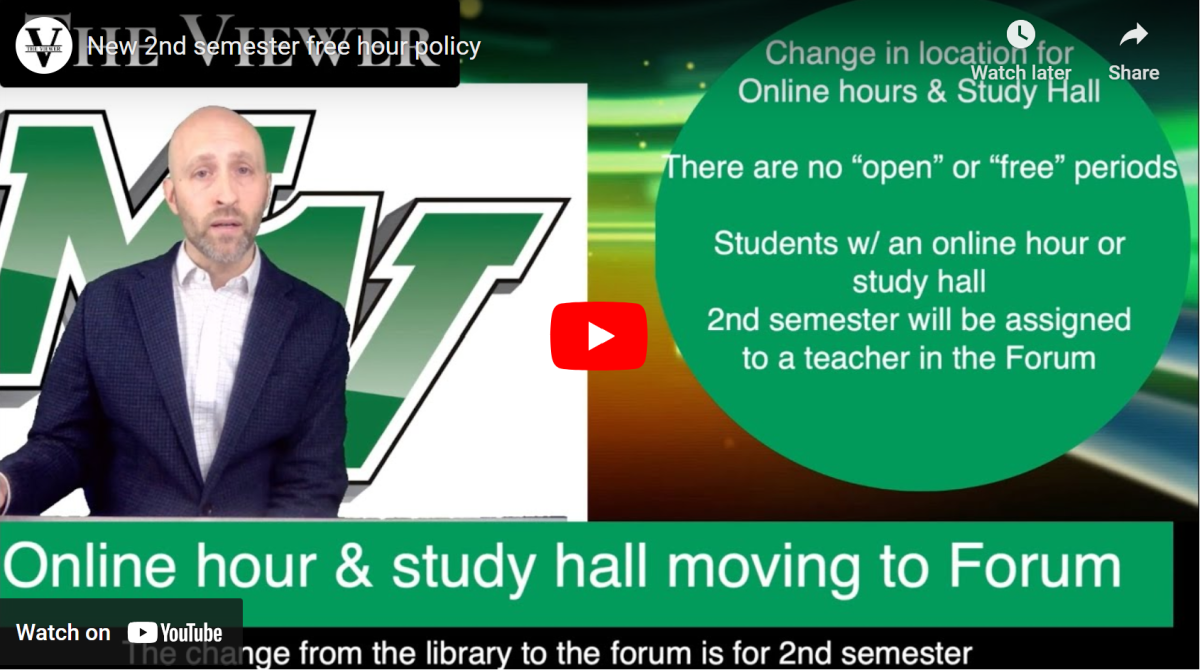




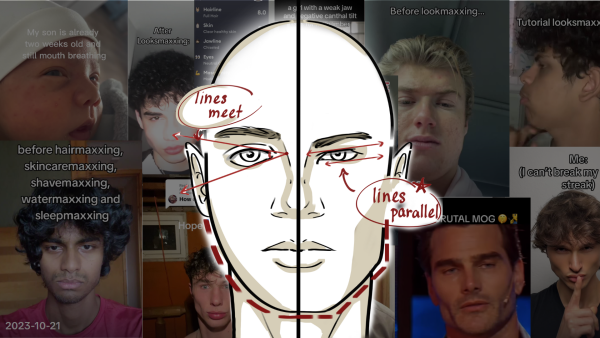
![[DEBATE] What’s better? Coed vs single-gender schools](https://www.mvviewer.org/wp-content/uploads/2023/12/Untitled153_20231215153759-1-600x202.png)




